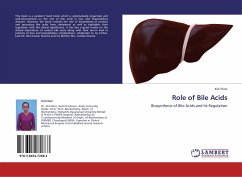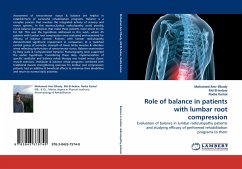The cerebral metabolic rate of oxygen (CMRO2) has been shown to be an early indicator of hypoxia-ischemia (HI); however, the mechanisms controlling post-HI CMRO2 are not clear. One potential mechanism is the activation of the adenosine A1 receptor due to increased adenosine concentrations during the insult. The present study investigated if the specific adenosine A1 antagonist, DPCPX, would reduce the typical reduction in CMRO2 and electrical cortical activity following HI. Measurements of CMRO2 and electrical cortical activity were obtained on piglets by near-infrared spectroscopy (NIRS) and amplitude-integrated electroencephalography (aEEG), respectively. The post-HI measurements of CMRO2 and mean aEEG background voltage were significantly less depressed in piglets treated with DPCPX than controls (p 0.05). The significant difference in post-HI CMRO2 and aEEG values between DPCPX-treated animals and controls suggests that the release of adenosine during HI leads to depressed cerebral energy metabolism due to the inhibition of neuronal activity.







